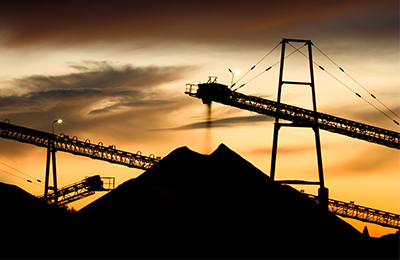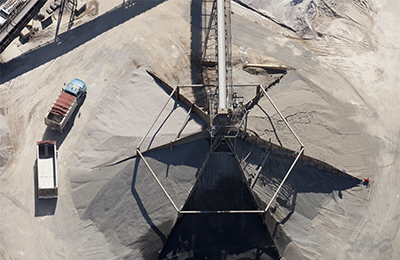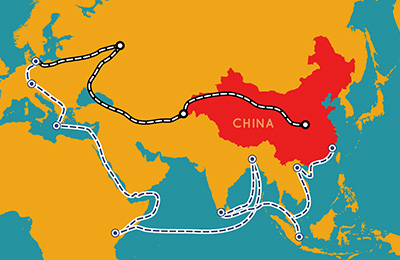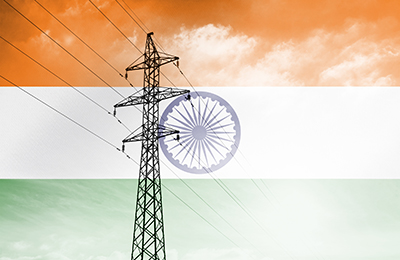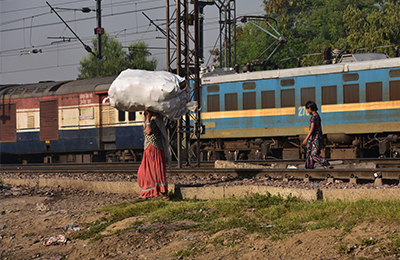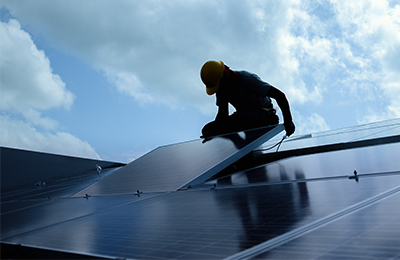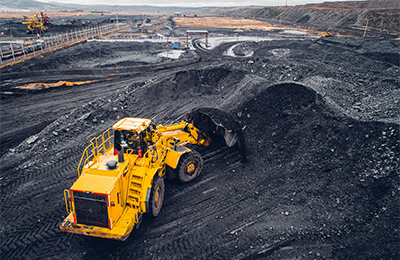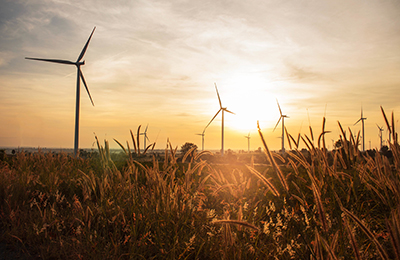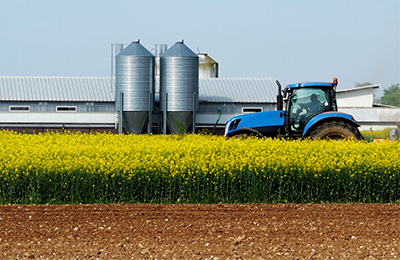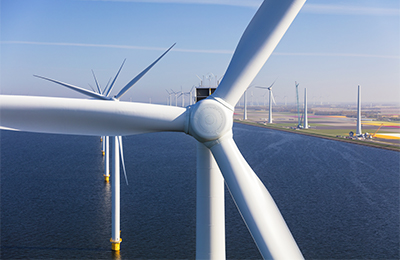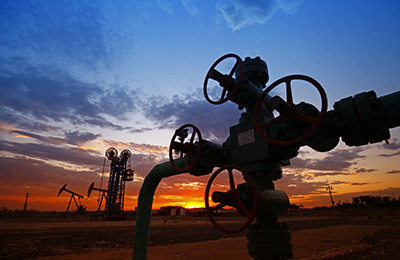rapid switch: projects
Research is motivated by major societal energy challenges: one billion people lack access to electricity and three billion people cook and heat with dirty fuels. Over 80% of energy consumed worldwide today is derived from fossil fuels, and the world’s “carbon budget” is rapidly being spent. Wind and solar electricity costs are dropping, but their variability presents technical and economic challenges. What are the bottlenecks to high penetration of wind/solar electricity? How does the United States reach net-zero emissions by 2050? What are the challenges to India’s energy transition? These are some of the questions Rapid Switch projects are exploring.
all projects
Net-Zero Australia
The Net-Zero Australia Study will identify plausible pathways and detailed infrastructure requirements by which Australia can transition to net zero emissions, and be a major exporter of low emission energy and products, by 2050.
From Ambition to Reality
In collaboration with Worley through E-ffiliates, these papers explore the five key shifts in thinking needed to deliver a net-zero transition.
Transitioning financial institutions and firms to a zero-carbon future
This project aims to transition Australia from a fossil fuel dependent economy to a strategic leader in rapid decarbonisation by generating concrete metrics, models and decision-making tools that will empower firms to meet the challenges of transitioning to a net-zero future.
Managing transition risks in fossil fuel-exporting nations
What collaborative opportunities between states and the private sector could deliver the innovation and business/state reinvention necessary to minimize socio-economic disruption associated with rapid divestment of upstream assets in fossil fuel-exporting nations?
Using negative emissions technologies to accommodate the political economy of fossil fuel exports
What is the techno-economic potential for enhanced natural sinks and negative emissions technologies to offset the emissions impacts of continued fossil fuel exports?
Addressing the challenges for carbon capture and storage technology (CCS) to deep decarbonisation
What rates of carbon capture and geological sequestration might be plausible by mid-century in the large coal-dependent economies of Asia?
The role of “natural” time scales in energy system transformations
How might we increase the viability rapid energy transitions through strategic planning of retirement schedules for incumbent energy infrastructure?
Sustainability implications of China’s Belt and Road Initiative (BRI)
How might China’s Belt and Road Initiative impact the pace of environmental progress and decarbonization?
Social norms in energy and environmental decision-making in India
Given expectations of economic growth and prosperity in India, how might social norms around energy use and environmental decisions change?
Establishing plausible scenarios for mid-century energy demands in India
Given projections for economic growth and improved living standards, how will energy demand evolve in India’s industrial, commercial, transport and residential sectors?
Incentivizing distributed solar deployment in India
What technological, political, social, and economic factors inhibit or enable the deployment of distributed solar photovoltaics (PV) in India?
The political economy of coal in India
The coal industry plays an important economic role in India, providing 75% of the country’s electricity and contributing the majority of the revenue of the national railway company. What are the societal and economic implications of a potential transition away from coal in India?
The Net-Zero America project
What physical plant infrastructure and societal changes are needed achieve net-zero emissions in the United States by mid-century, and how will these changes impact natural environments, the economy, incumbent infrastructure, and communities?
From Ambition to Reality
In collaboration with Worley through E-ffiliates, these papers explore the five key shifts in thinking needed to deliver a net-zero transition.
Risk-optimized net-zero emissions energy-system pathways
Energy-system transitions to net-zero emissions are often modeled using idealized least-cost optimization methods. What methods can we develop for modeling risk-optimized transition pathways to better inform policies and actions for achieving net-zero emission goals?
Simultaneous optimization of biofuel supply chains and bioenergy landscapes
How should efficient and sustainable biofuel supply systems be designed? How does the biofuel supply system interact with an engineered bio-energy landscape? What optimization methods can we develop to better understand and analyze the economic and environmental interactions between designing biofuel supply chains and bio-energy landscapes?
Modeling and optimization of bioenergy with carbon capture and sequestration systems
Bioenergy with carbon capture and sequestration (BECCS) can produce clean fuels while simultaneously sequestering carbon underground. How does the optimal biorefinery configuration depend on biomass feedstock, carbon incentives, and biorefinery size?
The impact of rapid decarbonization on jobs
How do employment needs shift geographically with a U.S. transition to a net-zero emissions energy system?
Impacts of state clean energy policies on regional grid decarbonization: a New Jersey/PJM case study
Although electricity flows are generally managed regionally, clean energy targets vary by state. How will transitioning the electricity sector in New Jersey to meet clean energy targets affect the cost and carbon footprint of the power sector for the PJM region?
Societal norms and beliefs regarding large-scale renewable energy and decarbonization strategies
How do citizens form opinions about renewable energy technologies and could that affect the rate of offshore wind development and decarbonization of New Jersey’s power sector?
Shoring up the global carbon capture and sequestration (CCS) enterprise
Could global CCS expectations be enhanced by the development of large-scale CO2 pipelines and shipping networks connecting carbon-intensive regions to CO2 storage super-regions?


